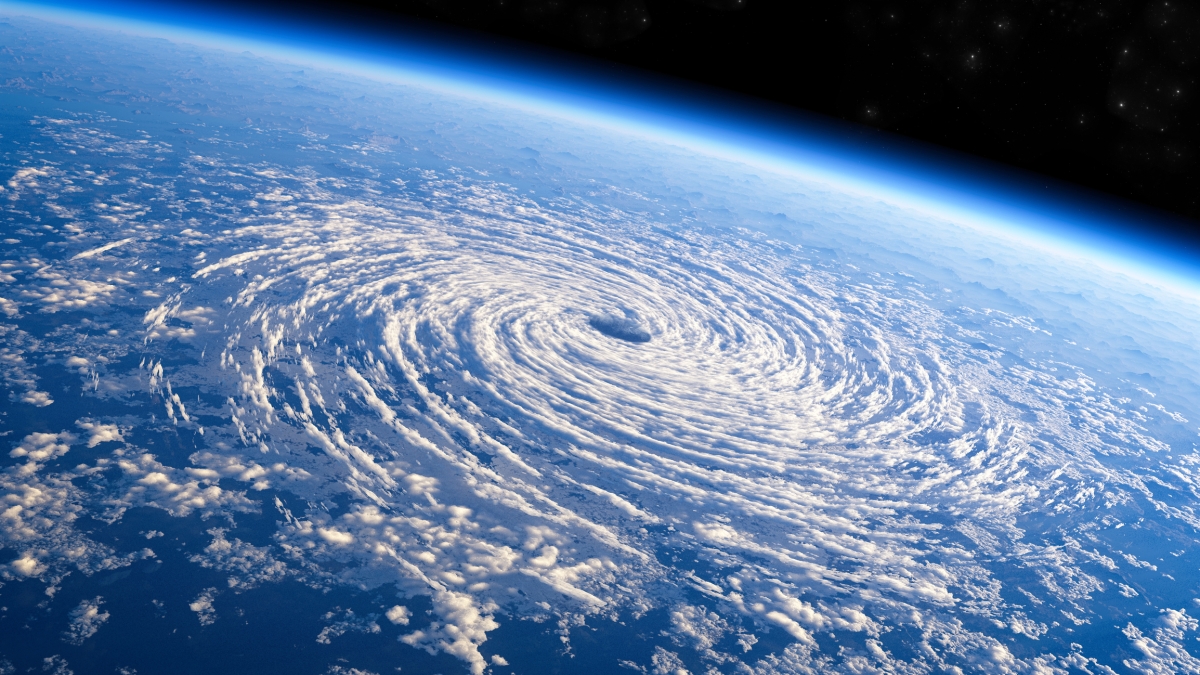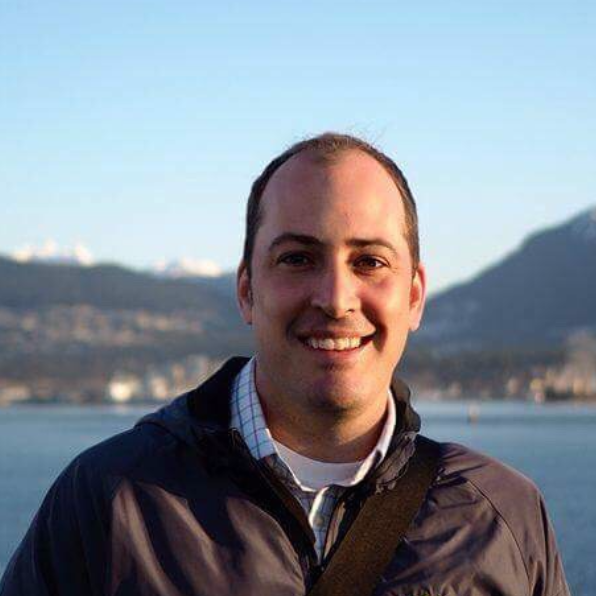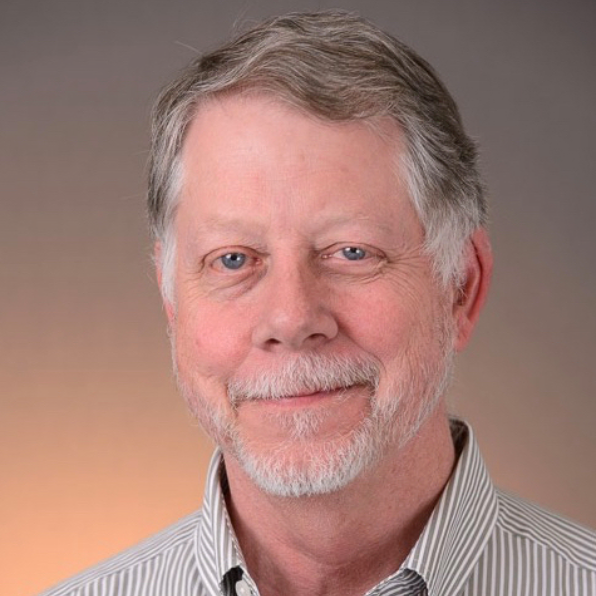From the recent Maui fires to Hurricane Hilary, one thing is for certain: An evacuation plan is worth its weight in gold.
An Arizona State University research team has been modeling how people respond to hurricane and tropical storm warnings in an effort to create more effective evacuation messaging.
“In today’s digital world, there’s multiple channels of information (for) how people can stay out of harm’s way when a hurricane is approaching,” said Sean Bergin, an assistant research professor with the School of Complex Adaptive Systems in ASU’s College of Global Futures. “Evacuation isn’t just that you want people to leave. It’s about getting the right people to leave at the right time and making better informed decisions.”
Bergin, along with Michael Barton, a professor in the School of Complex Adaptive Systems and School of Human Evolution and Social Change, has been involved with Communicating Hazard Information in the Modern Environment, headquartered at the National Center for Atmospheric Research in Boulder, Colorado. The project uses a computational agent-based model simulation to explore the ways in which people might respond to hurricane and other emergency warnings.
ASU spoke to Bergin and Barton as the 2023 hurricane season approaches its midway point.
Editor's note: Answers have been combined and edited for length and clarity.
Sean Bergin
Question: Why are academics at ASU involved in hurricane modeling research?
Answer: This research is about how people respond to information about hurricanes — hurricane warnings for example — rather than how hurricanes, as physical systems, form. This is an example of complex interactions between social and natural systems, and ASU is one of the world's premier universities for social science research and of computer modeling of social systems.
Q: How did this project get started?
A: ASU became a partner with the National Center for Atmospheric Research and the University of Colorado Boulder in a large NSF grant to study how people respond to hurricane warnings that are spread through multiple information channels, including digital and broadcast media, word of mouth and personal observation of the weather. ASU’s role in this project was to develop a computational agent-based model simulating this diverse information environment and the ways in which people might respond to warnings of different severity and timing. This model is a digital laboratory for testing alternative hurricane warning systems and their timing, the different configurations of the information network and different ways in which socioeconomic conditions can affect how well or how poorly people respond to emergency warnings.
Q: How far along are you now, and how much do you have left?
A: (We) have developed and deployed a second-generation modeling environment. This environment is populated by computational agents that simulate the decisions and behaviors of individuals. The environment includes a variety of information providers, like a hurricane center, broadcast media (radio/television), digital media, local governments, an agent's neighbors and social network, and an agent's direct observation of weather conditions.
We can set this environment to match two areas of the U.S. most at risk of hurricanes — Florida and the Gulf Coast — and distribute agents geographically in each region according to the population densities.
Each agent has a unique risk sensitivity profile that determines how quickly and to what extent it decides to act in response to different warnings — ranging from doing nothing to evacuating. To set up a modeling experiment, we input to the model the sequence of warnings (at six-hour intervals) sent out by the National Hurricane Center and the hurricane path for past hurricanes.
We completed multiple series of experiments looking at the accuracy of hurricane forecasts, the effects of forecast errors introduced as they information is transmitted through the information network, the timing of evacuation orders, and the relative importance of forecasts, direct observation and evacuation orders in agent decision-making. We’ve published scientific papers and given professional presentations on these experiments. We’ve also begun new experiments on effects of setting agent risk profiles on the basis socioeconomic characteristics — like age, wealth, children — drawn from census data instead of setting it randomly. We plan to publish these new analyses once they are complete.
Q: What do you hope to achieve with this work?
A: Predictions concerning a hurricane’s path and intensity have become increasingly more accurate over the past few decades. But the goal of this research isn’t to better predict a hurricane’s path; it is to find better ways to warn people about incoming hurricanes. We are hoping to better understand how people make decisions about weather hazards so that we can make recommendations about how to provide information.
Beyond this, the project has the potential to help us understand how people respond to warnings about other environmental hazards like severe land-based storms, floods and wildfires. As we've seen in this summer, these are becoming more frequent and more intense as a result of human-driven climate change. It is important that we are able to anticipate and plan for these events. It is equally important to be able to inform citizens in harm’s way effectively so that they can take appropriate action to prevent injury or death.
Michael Barton
Q: What’s the biggest discovery you’ve made along the way?
A: Not everyone in the path of a storm has the same experience or resources. As part of this project’s exploration of people’s evacuation decisions, we incorporated census information into our modeled families to better model their behavior.
For instance, if your family doesn’t own a car, you are less likely to evacuate, or if your family has young children, you might be more likely to evacuate.
As we have tested these factors, we have found that including them may increase the accuracy of our model in some locations and could suggest that targeted hazard warnings will result in better decisions. As we continue to test these census-based factors we hope to better understand how to relay information and encourage better decisions.
Q: What is one of the most unexpected or challenging things about this research?
A: As we model the evacuation decisions of a state like Florida, there is not one right choice for all of the residents. Location plays an important role in making good decisions. If a storm were to hit the west coast of Florida, then people on the east coast do not need to evacuate, and if they were to evacuate, they would make it more difficult for others to evacuate. The timing of warning information, and especially evacuation orders, also plays an important role in evacuations. People can decide to evacuate too early and may evacuate unnecessarily. On the other hand, people can decide to evacuate too late and might be hit by a hurricane when they are leaving. So not only do people need to evaluate the hurricane’s severity, but they also need to make the right decision for their location at the right time.
Top photo courtesy iStock
More Science and technology

ASU professor honored with prestigious award for being a cybersecurity trailblazer
At first, he thought it was a drill.On Sept. 11, 2001, Gail-Joon Ahn sat in a conference room in Fort Meade, Maryland. The cybersecurity researcher was part of a group that had been invited…

Training stellar students to secure semiconductors
In the wetlands of King’s Bay, Georgia, the sail of a nuclear-powered Trident II Submarine laden with sophisticated computer equipment juts out of the marshy waters. In a medical center, a cardiac…

ASU startup Crystal Sonic wins Natcast pitch competition
Crystal Sonic, an Arizona State University startup, won first place and $25,000 at the 2024 Natcast Startup Pitch Competition at the National Semiconductor Technology Center Symposium, or NSTC…


